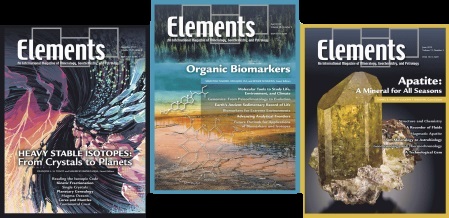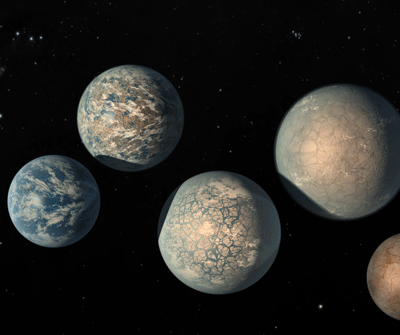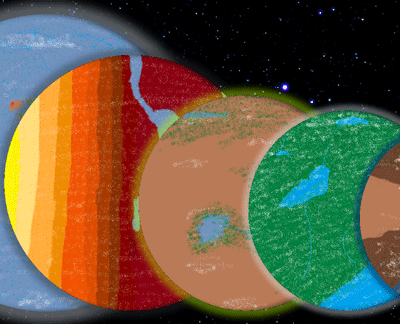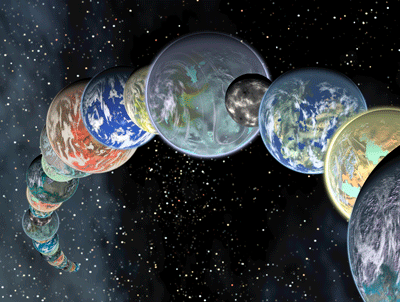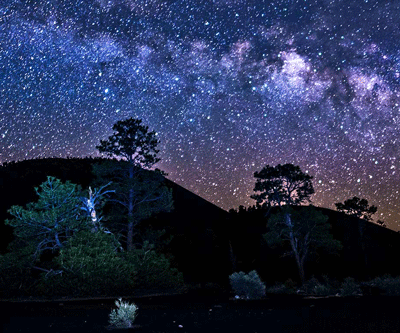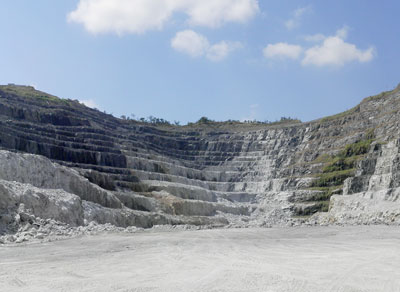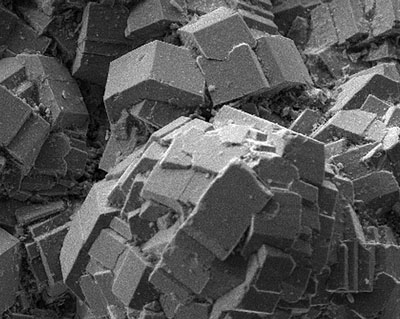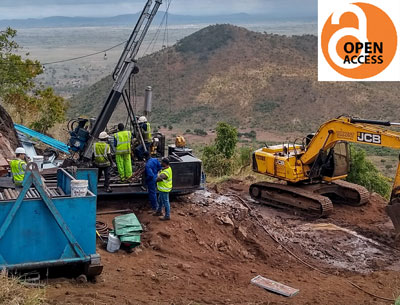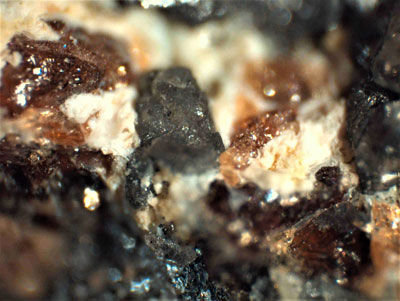Constraining the Climates of Rocky Exoplanets
Numerical climate models originally developed for Earth have been adapted to study exoplanetary climates. This is allowing us to investigate the range of properties that might affect an exoplanet’s climate. The recent discovery, and upcoming characterization, of cosmically close rocky exoplanets opens the door toward understanding the processes that shape planetary climates, maybe also leading to insight into the persistent habitability of Earth itself. We summarize the recent advances made in understanding the climate of rocky exoplanets, including their atmospheric structure, chemistry, evolution, and atmospheric and oceanic circulation. We describe current and upcoming astronomical observations that will constrain the climate of rocky exoplanets and describe how modeling tools will both inform and interpret future observations.
Constraining the Climates of Rocky Exoplanets Read More »

